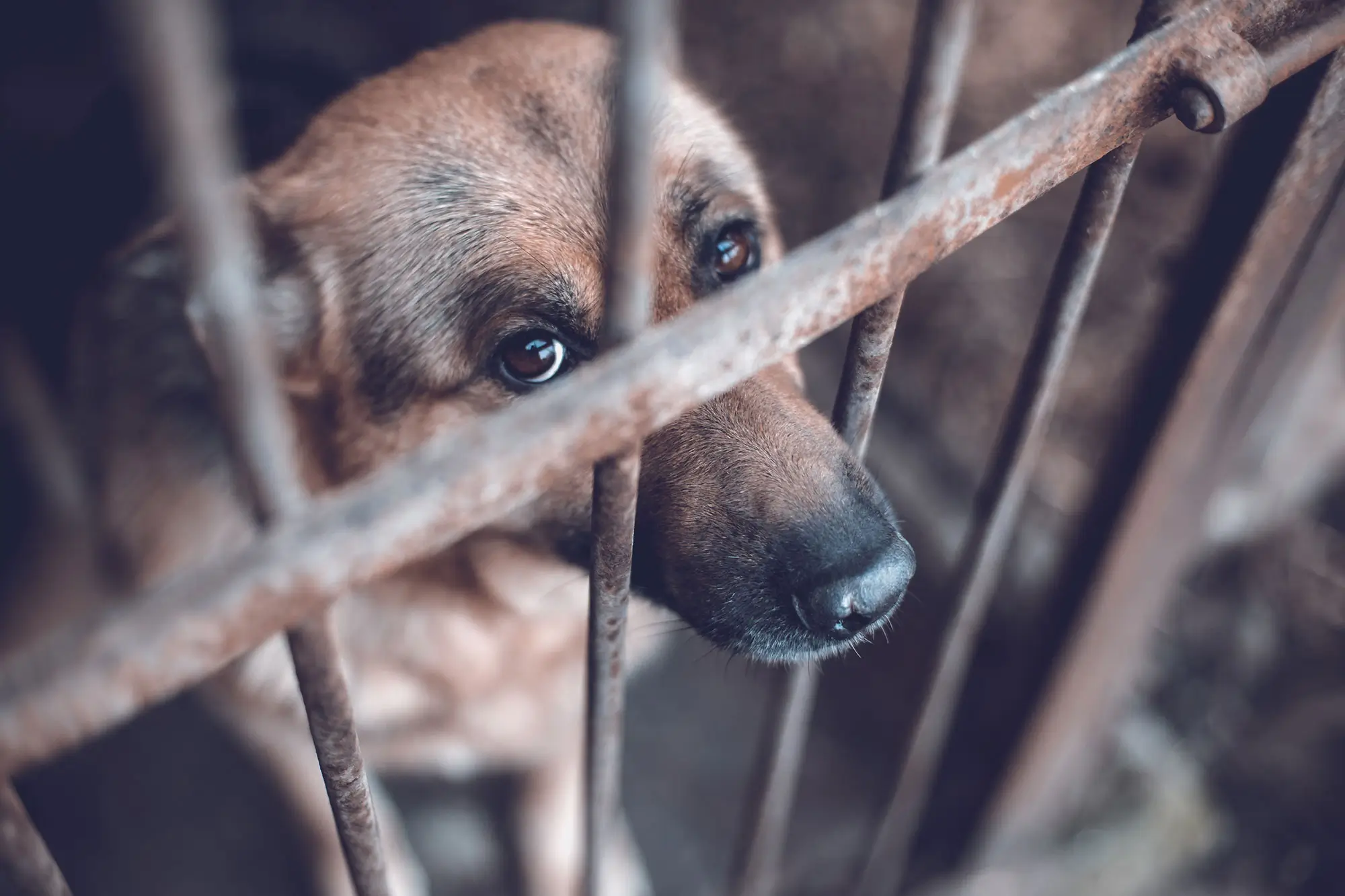What is Animal Cruelty? Animal Abuse and Neglect Law in NSW

Did you know that bull fighting is illegal or that abandoning an animal is a crime?
Everyday there are countless ways that humans interact with animals for entertainment, profit, or leisure. Society has deemed that some past behaviours have become unacceptable, and this has allowed for the development of comprehensive laws to protect animals from cruelty.
We dive into the various categories of Animal Cruelty offences and reflect upon the changing attitude towards treatment of animals in society.
What is Animal Cruelty?
It is difficult for lawmakers to cover all industries under the same rules, as each commercial industry uses animals in different ways. For example:
- Circus, Racing and Sports Industries forces animals to perform for entertainment
- Farming and Dairy Industries extract animal properties to produce food products
- Universities and corporations use animals for scientific testing
- Abattoirs and Live Export Industry transport and slaughter live animals for medicine, food, clothing and cleaning products
This means that a broad definition of Animal Cruelty is required to capture all these industries.
Animal Cruelty is defined as when an animal is unreasonably, unnecessarily, or unjustifiably:
- Beaten, kicked, killed, wounded, pinioned, mutilated, maimed, abused, tormented, tortured, terrified, or infuriated
- Overloaded, overworked, overdriven, overridden, or overused
- Exposed to excessive heat or cold
- Inflicted with pain (suffering and distress)
Overlapping laws
If someone is charged with an offence of Animal Cruelty, it will either be:
- Simple Animal Cruelty
- Aggravated Animal Cruelty
- Serious Animal Cruelty
- Specified Offence of Animal Cruelty
There are some criminal actions which can captured by multiple offences, under the Prevention of Cruelty to Animals Act 1979 (POCTA) and the Crimes Act 1900 (NSW).
Simple Animal Cruelty
There is a broad offence in relation to Animal Cruelty, which covers five circumstances:
- Committing an act of Animal Cruelty
- Allowing an animal you own to be subjected to cruelty
- Failing to exercise reasonable care, control or supervision to prevent Animal Cruelty
- Failing to take reasonable steps to alleviate pain
- Failing to provide animal with veterinary treatment
The maximum penalty is a $220,000 fine for a corporation, or $44,000 for an individual, and one year imprisonment under section 5 of POCTA.
Aggravated Animal Cruelty
A person is guilty of ‘Aggravated Animal Cruelty’ if the following occurs:
- Death, deformity or serious disablement of the animal
- Animal is so severely injured, diseased or in such a physical way it is cruel to keep alive
The maximum penalty for a corporation is $550,000 fine, or $110,000 for an individual, and two-years imprisonment under section 6 of POCTA.
Serious Animal Cruelty – Intent and Recklessness
If a person intends to inflict severe pain through:
- Torture, beating or committing acts of cruelty, and that act
- Kills or injuries or causes prolonged suffering to an animal
They are liable to five years imprisonment. However, if the person has been found to be acting recklessly, the maximum punishment is three years imprisonment under section 530 of the Crimes Act 1900.
Specified Offences of Animal Cruelty
There are several specified offences that are classified as “Animal Cruelty Offences”, which cover a broad range of acts:
- Bestiality
- Killing or seriously injuring a law enforcement animal
- Conducting a bull fight or baiting animals
- Riding an animal unfit for such purpose
- Abandoning an animal
What is cruelty, really?
There are also multiple legal defences available depending on the circumstances. This is because the law has developed in response to cultural practices, the working nature of some industries or the need for veterinaries to perform certain surgeries.
It is not illegal:
- To hunt, shoot or snare an animal that doesn’t cause unnecessary pain
- For a veterinary practitioner to dock the tail of a dog, if it’s in the interest of the dog
- To destroy an animal in accordance with the precepts of the Jewish faith
- To feed a predatory animal live prey (e.g., feeding a pet snake a live mouse)
Woah there cowboy!
In the spotlight lately, has been the question whether rodeos are now deemed to be places of cruelty. Old time sports like ‘calf roping’ are starting to look questionable according to Animal Liberation and the RSPCA. You can read more here and here.
As society develops a deeper understanding of the intelligence and sentience of animals, we can expect more offences to be introduced to outlaw previous traditional practices.
At Morrisons we are specialist criminal and traffic lawyers based in Wollongong and the Southern Highlands. If you require advice or representation, you can book an appointment with one of our expert criminal lawyers.
